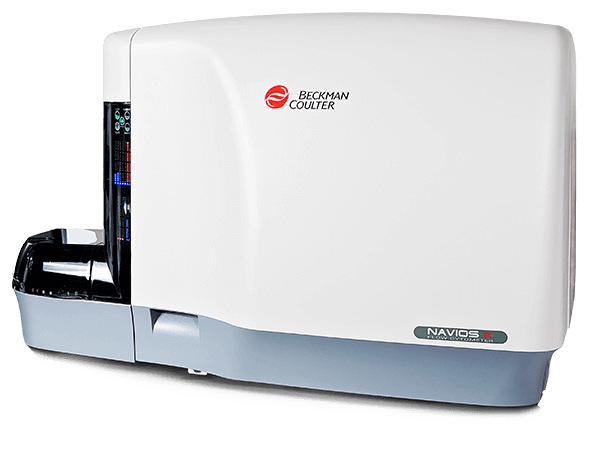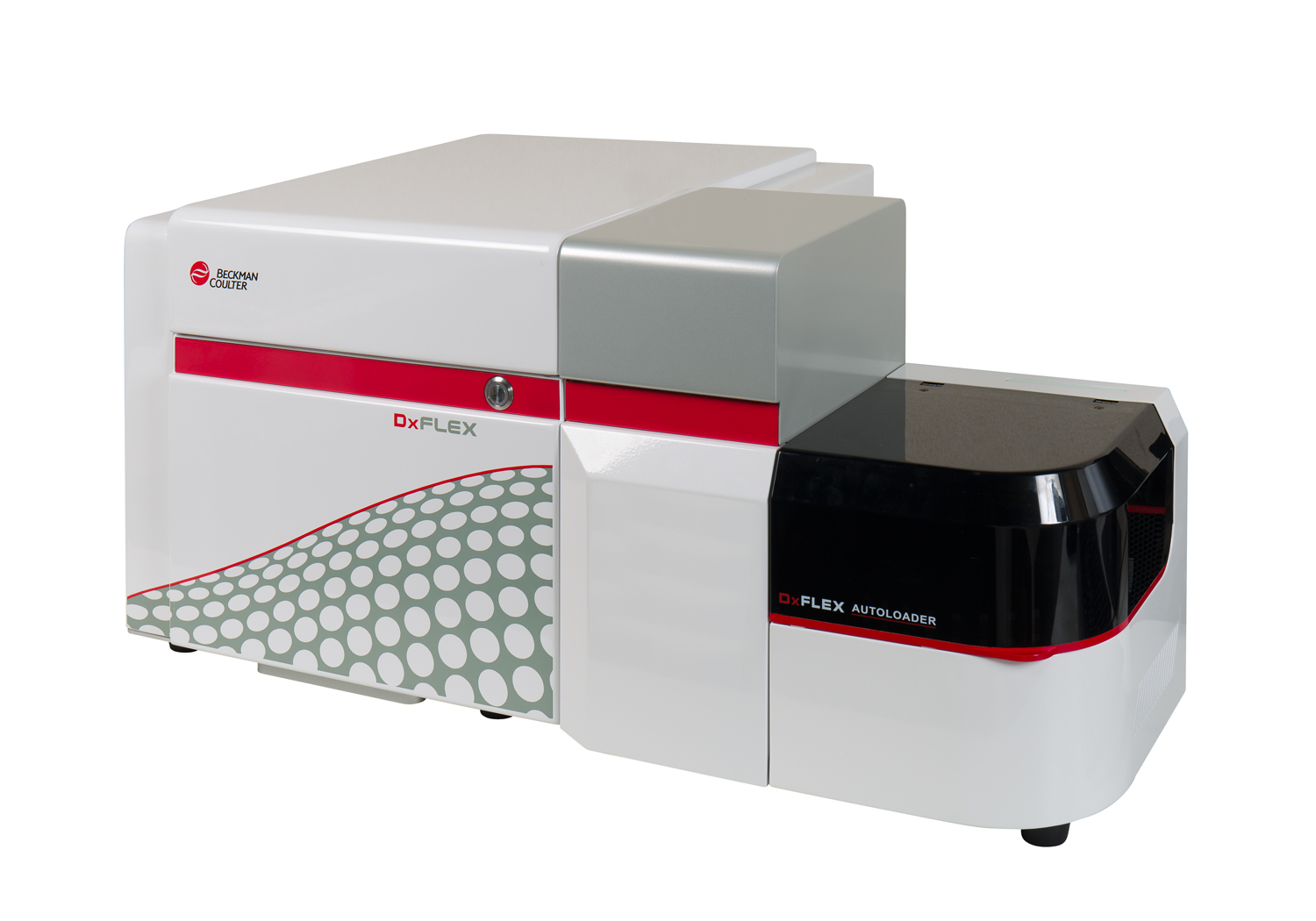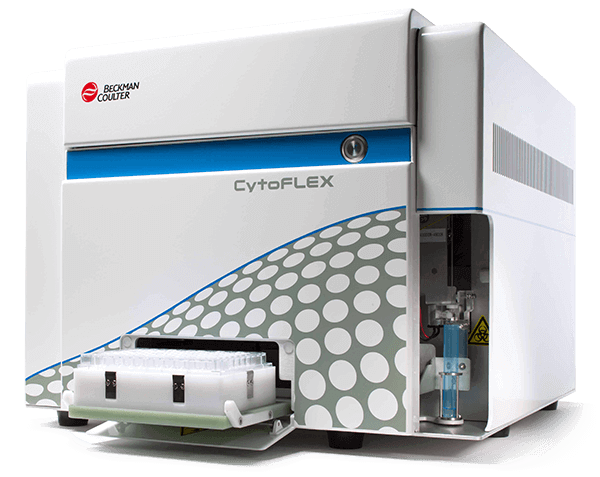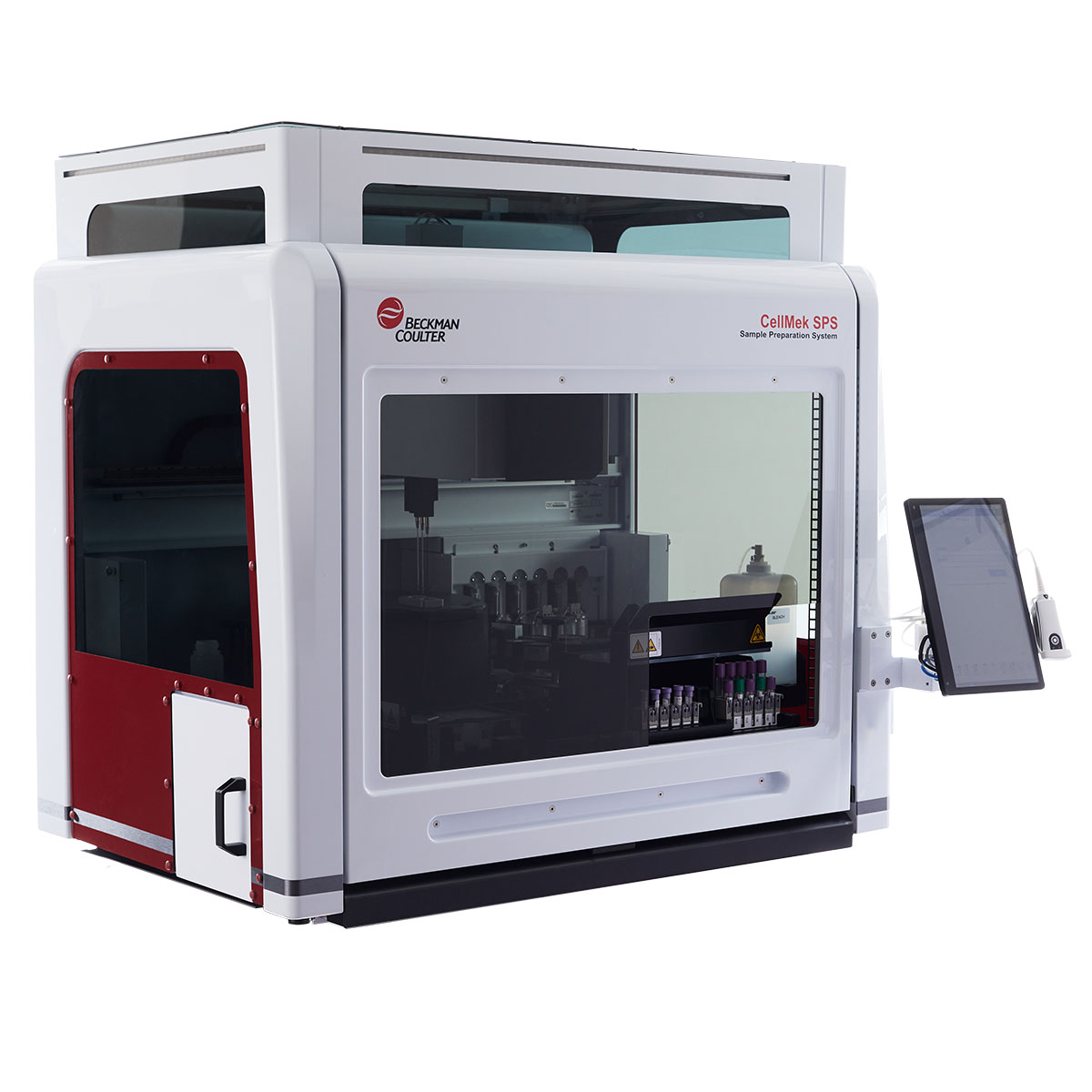CD13 Antibodies
The CD13 antigen is a transmembrane glycoprotein with a large extracellular region and a small intracellular NH2-terminal tail. It has a molecular weight of 150 kDa and is expressed on the cell surface as a non-covalently linked homodimer. It is found on most cells of myeloid origin including neutrophils, eosinophils, basophils and monocytes from normal peripheral blood. It is absent from B and T lymphocytes as well as from red blood cells and platelets. This molecule is found on the surface of committed progenitor cells defined as the Granulocyte-Monocyte Colony Forming Units (CFU-GM) in normal bone marrow. There are up to five subpopulations of CD13 molecules possessing different levels of glycosylation, which may explain the different
binding patterns of various CD13 antibodies.
| Clone: 366 (MY7) | Isotype: IgG1 Mouse |
| Clone: SJ1D1 | Isotype: IgG1 Mouse |
| Clone: Immu103.44 | Isotype: IgG1 Mouse |






